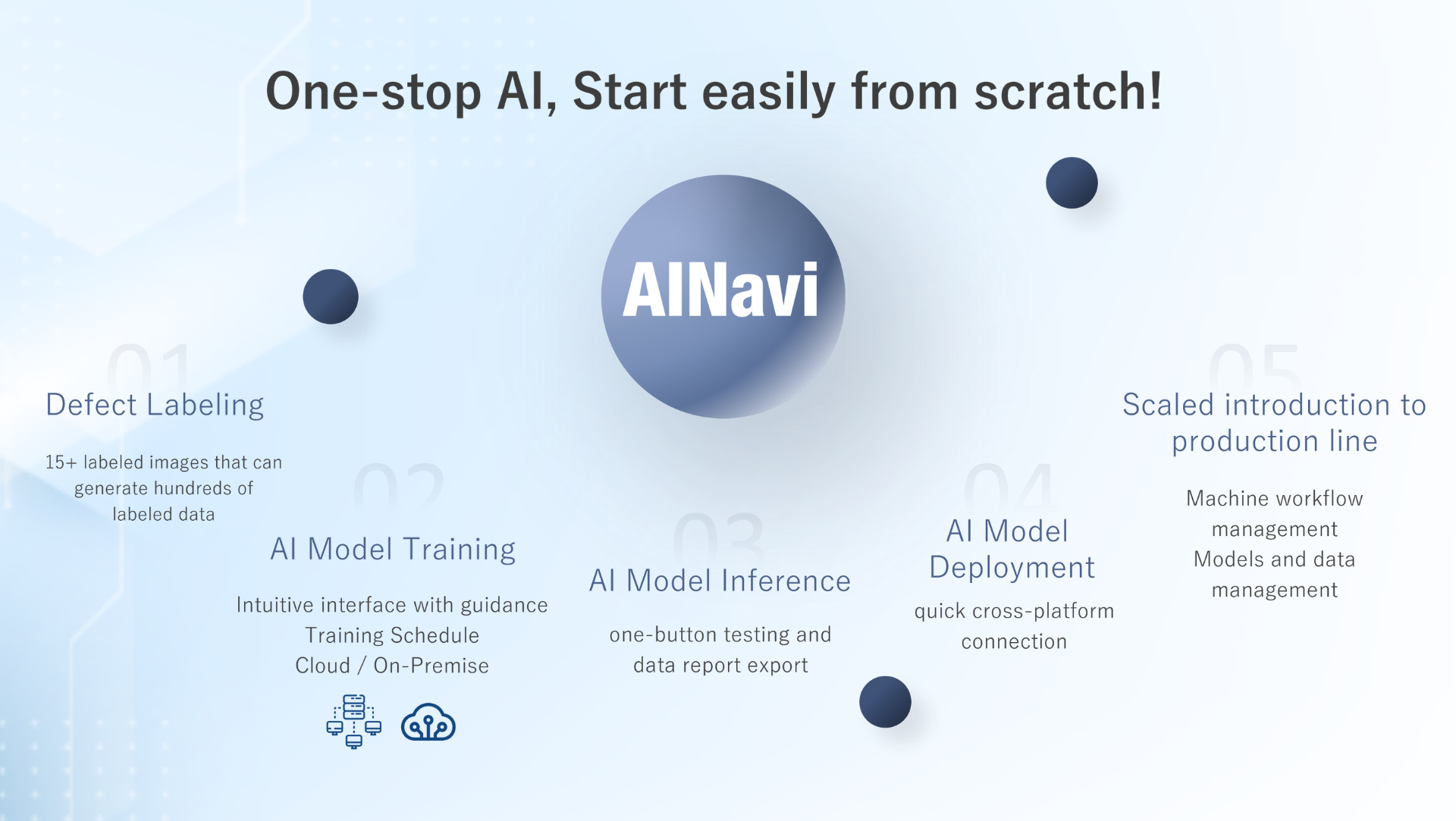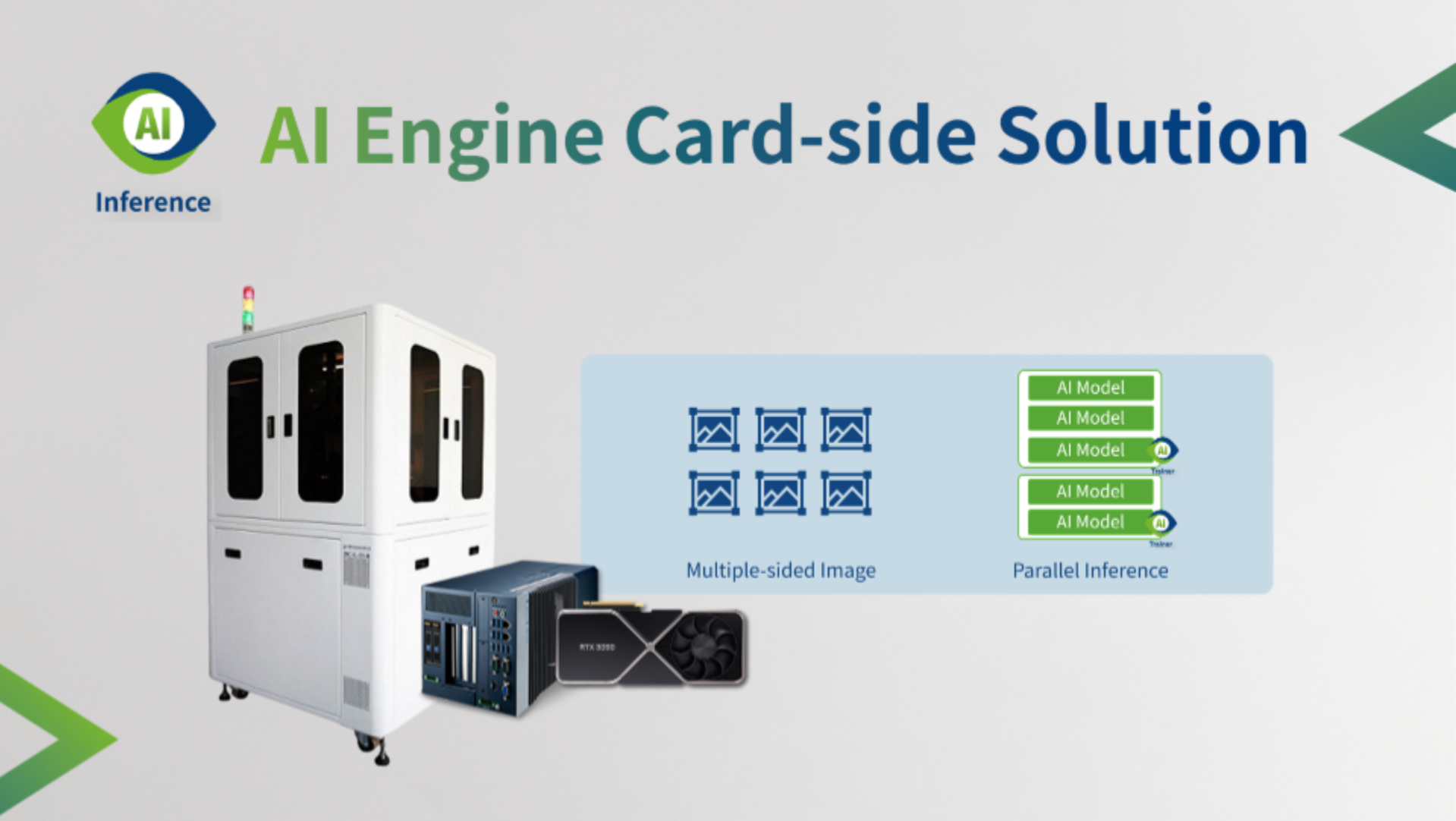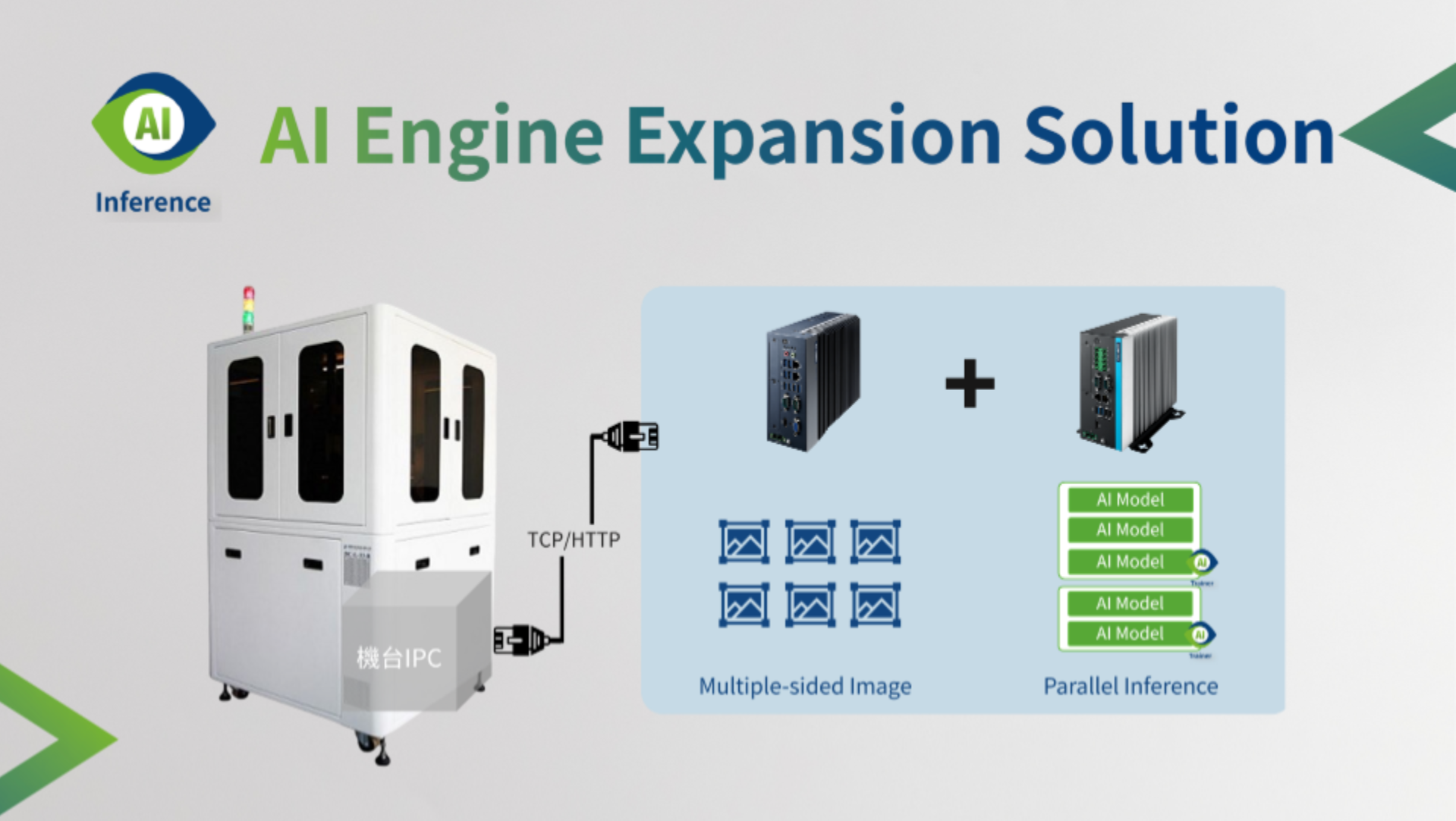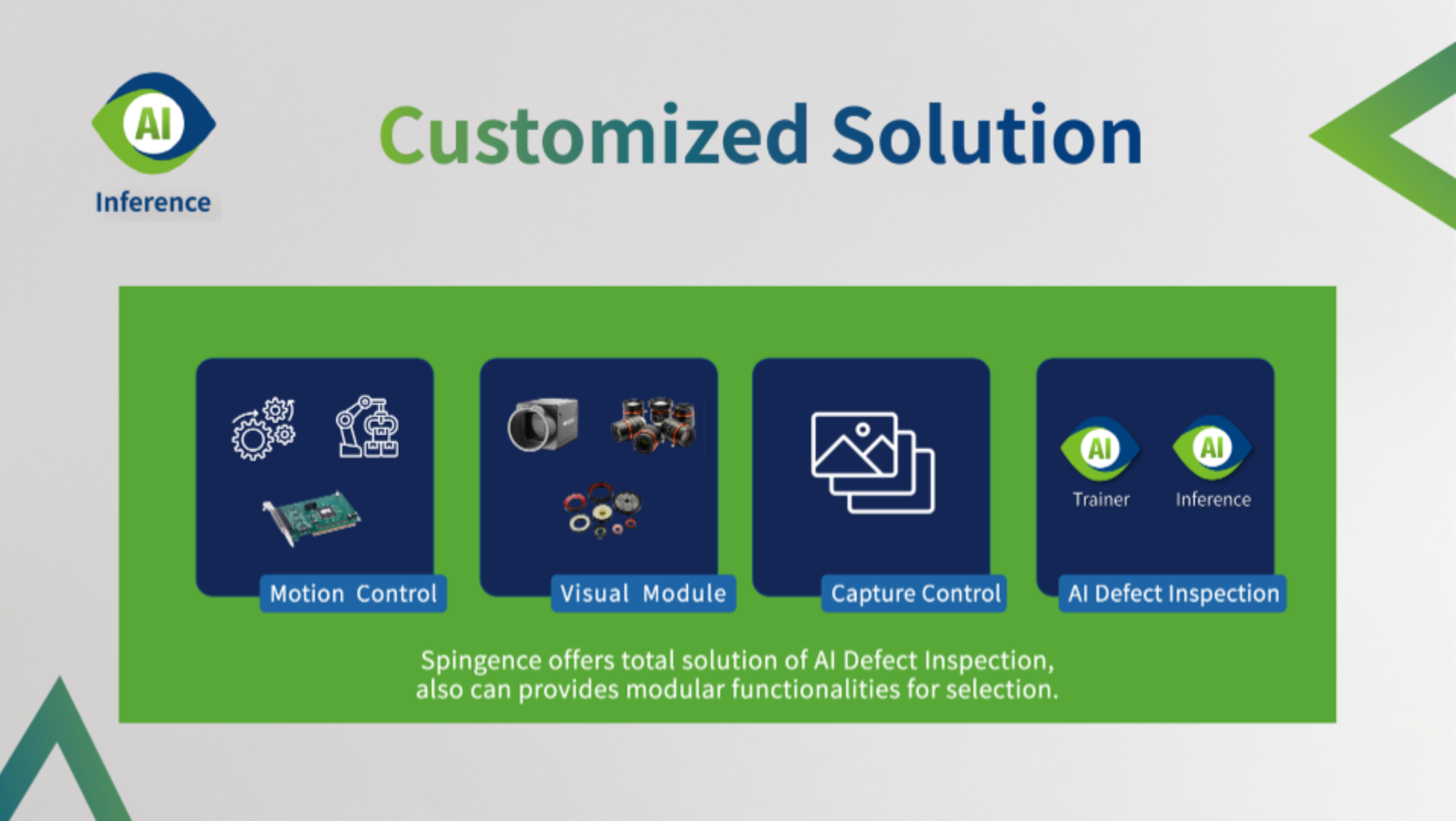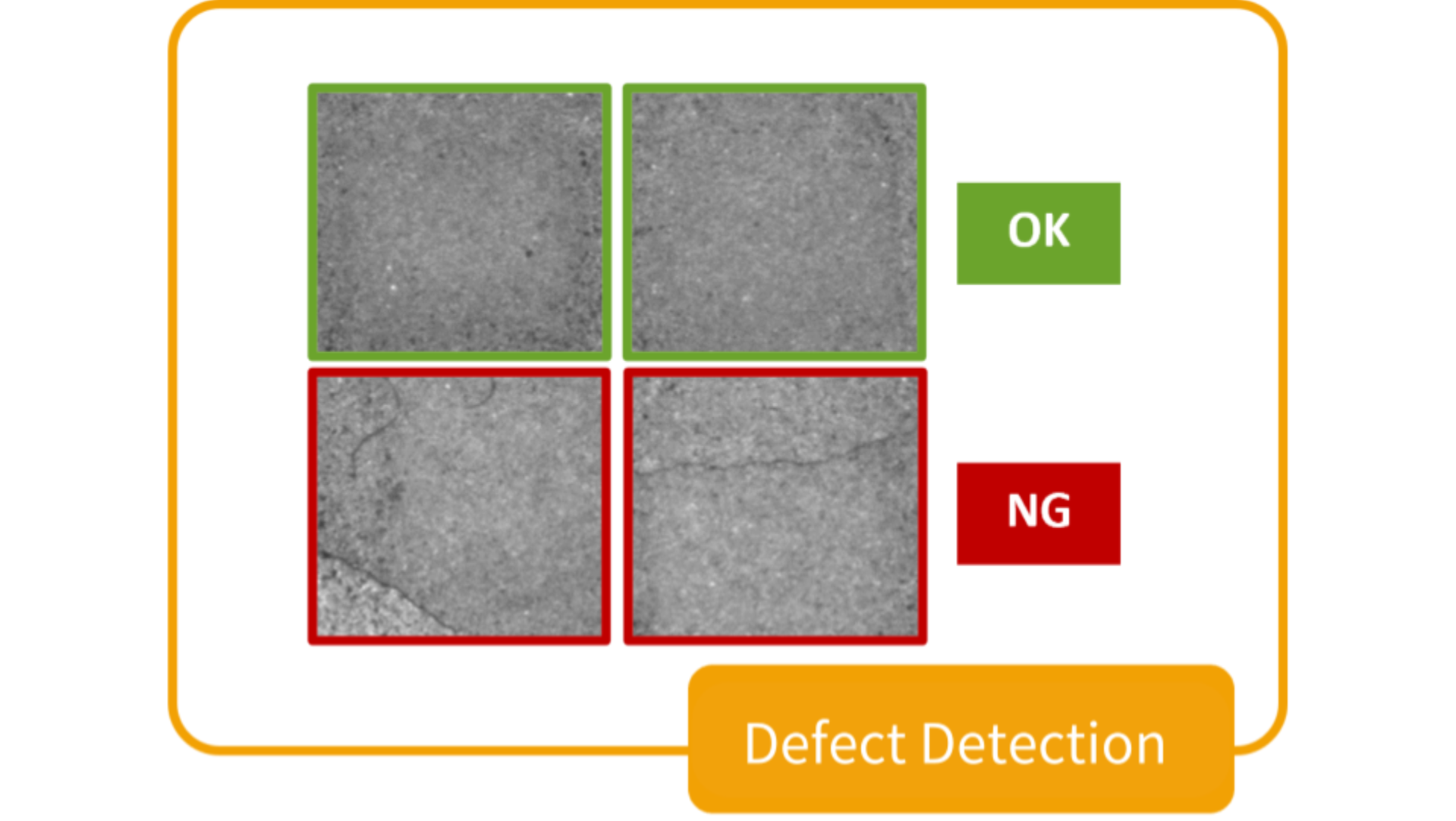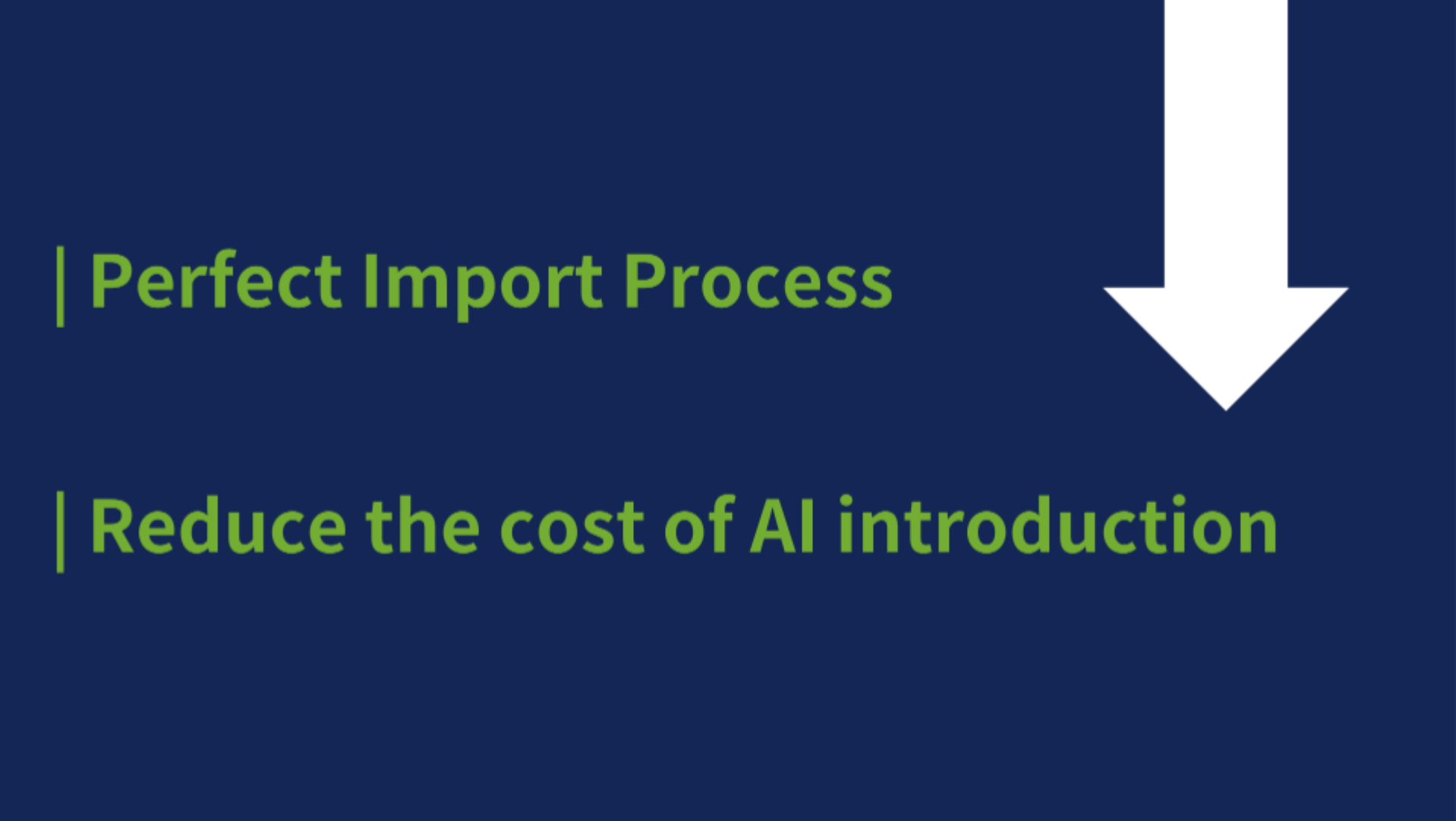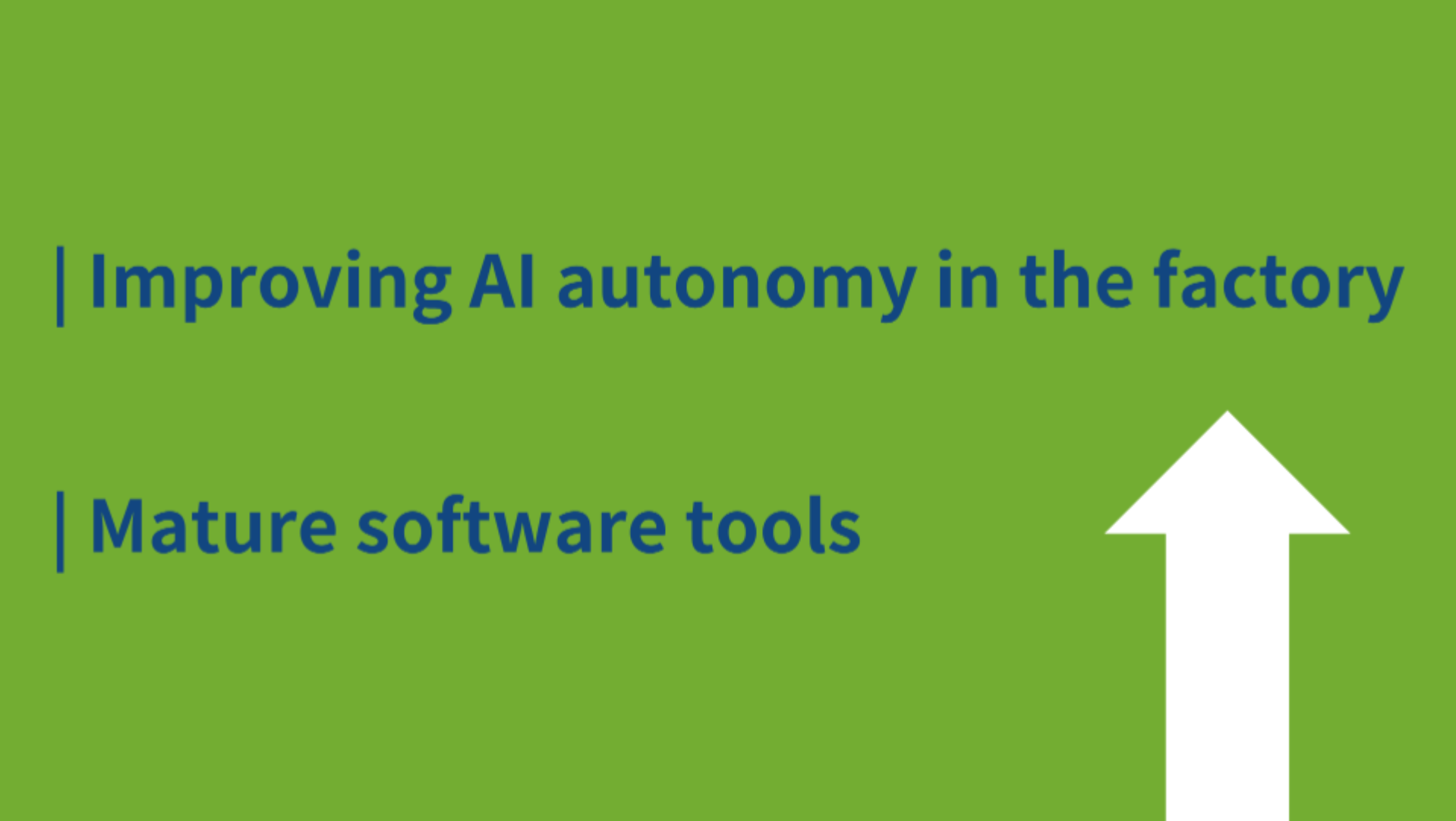We are committed to protecting your personal data and providing you with access to your personal data in accordance with the personal data protection laws in force in the European Union. We have updated and will periodically update our privacy policy to comply with this personal data protection law. Please refer to the latest version of our Privacy Statement.
This website uses cookies to provide a better browsing experience. To learn more about how cookies are used on this site please click here.
Application Articles
03.03
2023
AINavi : Revolutionizing Passive Component Manufacturing
The AINavi - AI Defect Detection Software Solution from Spingence is a deep learning visual inspection software tailored for the manufacturing industry. It provides a one-stop platform solution that allows customers to complete the training, testing, and deployment of the model on their own. It includes a variety of inspection functions to satisfy the application scenarios of most industries, which ensures the product quality and reduces the production costs. AINavi enhances its competitiveness in the international market through the optimization of the product line to the production end of the manufacturing industry.
AOI rule-based inspection system, forming the three blind spots of quality inspection
Taking passive components, an important component in electronic products, as an example, passive component manufacturers used to inspect the defects through six-sided inspection machines, which are based on the Automated Optical Inspection (AOI) technology, comparing the optical images of the products with the rules of the defects to find out the products with defects in appearance.
Spingence integrates AOI with AI to maximize the effectiveness of quality inspection
Taking passive components, an important component in electronic products, as an example, passive component manufacturers used to inspect the defects through six-sided inspection machines, which are based on the Automated Optical Inspection (AOI) technology, comparing the optical images of the products with the rules of the defects to find out the products with defects in appearance.
As AOI relies on rules to identify defects, it is not easy to identify defects with irregular shapes, small gray scale differences or unintended defects. This Ruled-Base inspection method is easily susceptible to three major problems: high risk of leakage, difficult to maintain the system, and high overkill rate, which can easily lead to process waste and even generate the need and cost of configuring visual inspectors to perform re-inspection.
Spingence integrates AOI with AI to maximize the effectiveness of quality inspection
Recognizing this pain point, Spingence researched and developed the AINavi - AI Defect Detection Software, which has a comprehensive introduction process and mature software tools to solve the technical limitations of AOI with artificial intelligence. The AI can learn and recognize defect features based on the data collected in the production line, which can relatively reduce the risk of missed inspection, overkill rate and the operation cost of manpower maintenance.
In assisting passive component factories to implement AINavi, Spingence not only provides standard APIs, but also integrates the existing six-sided inspection machines in the factory through TCP/Http, so that the production line operators can maintain the existing operation process and ensure the stability of the production line operation at the same time.
AINavi - Defect Detection Software creates three major benefits that reduce operating time, labor, and costs
● Reduce Engineer's Operating Time :
In traditional AOI, engineers need to have industrial experience on how to set up parameters and rules for chipping, and they need to keep an eye on the production line to adjust the parameters and rules in response to the missed chipping, and then adapt to the inspection conditions.
However, with AINavi, all you need to do is to collect enough product images and label them with defects, and then let the AI learn the characteristics of the defects and start training the model. The training interface of AINavi is very simple and intuitive, without the need for complicated education and training, and the production line operators can easily get used to it, and the experienced engineers can even increase the accuracy rate of the model by adjusting the parameters, which will increase the AI autonomy of the overall factory .
● Reduce Labor Requirements :
The importation of AINavi in the production line can eliminate the process of manual re-inspection, significantly reducing the factory's manpower requirements for operators. Not only reducing labor costs, but also not worrying about the problem of labor shortage.
For example, a manufacturer of automotive passive components used to have three operators for each six-sided inspection machine, responsible for feeding, baiting and re-inspection. With the importation of AINavi, it has changed to one operator for each three six-sided inspection machines, who only needs to handle feeding and unloading operations.
● Reduce Production Costs :
Take the past cases of AINavi implementation as an example, a passive component factory originally had an inspection rate of 4-5%. However, with the implementation of AINavi, it recovered a lot of defective products that were originally categorized as defective and reduced the inspection rate to 1%. And the production cost was also reduced by 3-4%, which avoids unnecessary wastage in the production process, and thus reduces the production cost.
As end customers' standards for component materials are getting higher, passive component manufacturers can't just rely on existing AOI equipment to detect defects, but must combine with AI technology to improve their quality control capabilities. To ensure that every shipped product meets customers' needs, so as to obtain customers' favor and affirmation. Moreover, not only passive components industry, but also any manufacturing industry with high over-inspection rate and the need to deploy manpower for re-inspection is also suitable for the introduction of AINavi to ensure the quality of products, and to develop a wider market with high quality products in the future.



